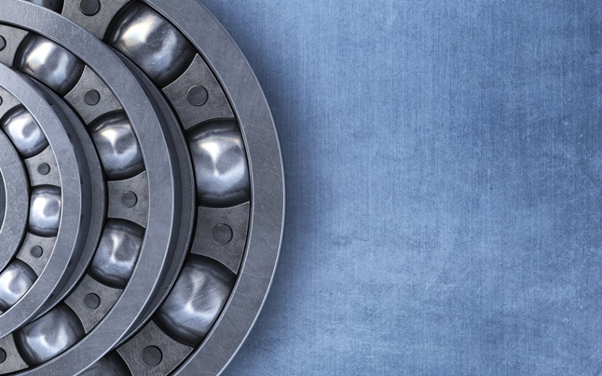Troubleshooting Bad Wheel Bearings: A Comprehensive Guide

Ever wondered what allows your car's wheels to spin smoothly? It's the wheel bearings! These essential components consist of steel balls or tapered rollers encased in a metal ring. They connect the axle to the wheel, enabling it to rotate with minimal friction. The primary function of wheel bearings is to support the weight of the vehicle and provide a low-friction interface between the wheel and the axle, allowing the wheels to spin freely while bearing the vehicle's weight. In simpler terms, wheel bearings are what make your ride smooth and your steering effortless.
As mentioned, there are two types of wheel bearings: tapered roller bearings and ball bearings. Tapered roller bearings consist of small tapered rollers arranged in a cage between two races (inner and outer). They are commonly used in rear-wheel-drive vehicles and provide excellent durability and load-carrying capacity. Meanwhile, the ball bearings use small metal balls to reduce friction between the rotating parts. Ball bearings are often used in front-wheel-drive vehicles and are generally less expensive than tapered roller bearings.
Signs of a Bad Bearing
So, how do you know if your wheel bearings are on the fritz? Keep an ear out for unusual noises while driving. If you hear grinding, clicking, or rumbling sounds coming from your wheels, it could be a sign of worn-out bearings. Another telltale sign is excessive play in the wheel. You can test this by jacking up your car and attempting to move the wheel back and forth. Any looseness indicates a potential issue.
DIY Diagnosis and Replacement
While diagnosing and replacing wheel bearings is a job best left to the pros, there are some steps you can take to identify the problem. Find a flat, quiet road and drive slowly while making wide turns. Listen intently for any abnormal sounds emanating from your wheels. If you suspect a bad bearing, it's time to visit your trusted mechanic.
When it comes to replacing wheel bearings, the process typically involves loosening lug nuts, jacking up the car, and removing the wheel to access the bearing. The brake caliper, pads, and rotor are then removed to reach the hub assembly. From there, the hub assembly is detached from the steering knuckle, allowing access to the damaged bearing. Depending on the severity of the damage, either a new hub or new bearings are installed. Proper alignment and seating are crucial to ensure the longevity of the repair.
Preventing Wheel Bearing Woes
As the saying goes, prevention is better than cure. To keep your wheel bearings in top shape, it's essential to perform regular maintenance checks. Inspect your bearings during routine automotive service intervals and listen for any unusual noises. Avoid driving through mud and water, as these elements can accelerate bearing wear. Additionally, steer clear of potholes and curbs, as harsh impacts can damage bearings and compromise your vehicle's stability.
By staying proactive and addressing any issues promptly, you can extend the lifespan of your wheel bearings and enjoy a smoother, safer driving experience. Remember, when it comes to your car's health, it's always better to be safe than sorry!